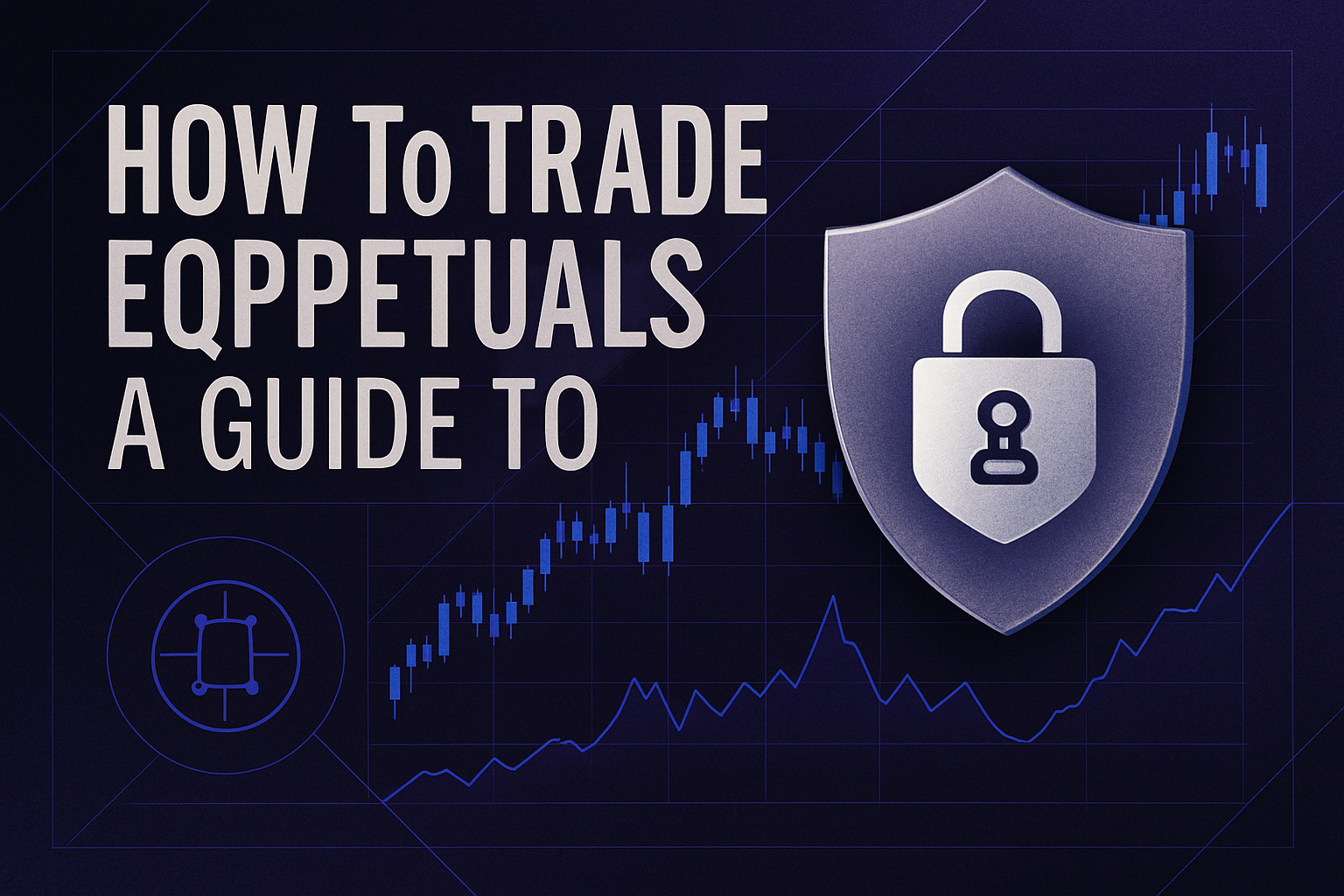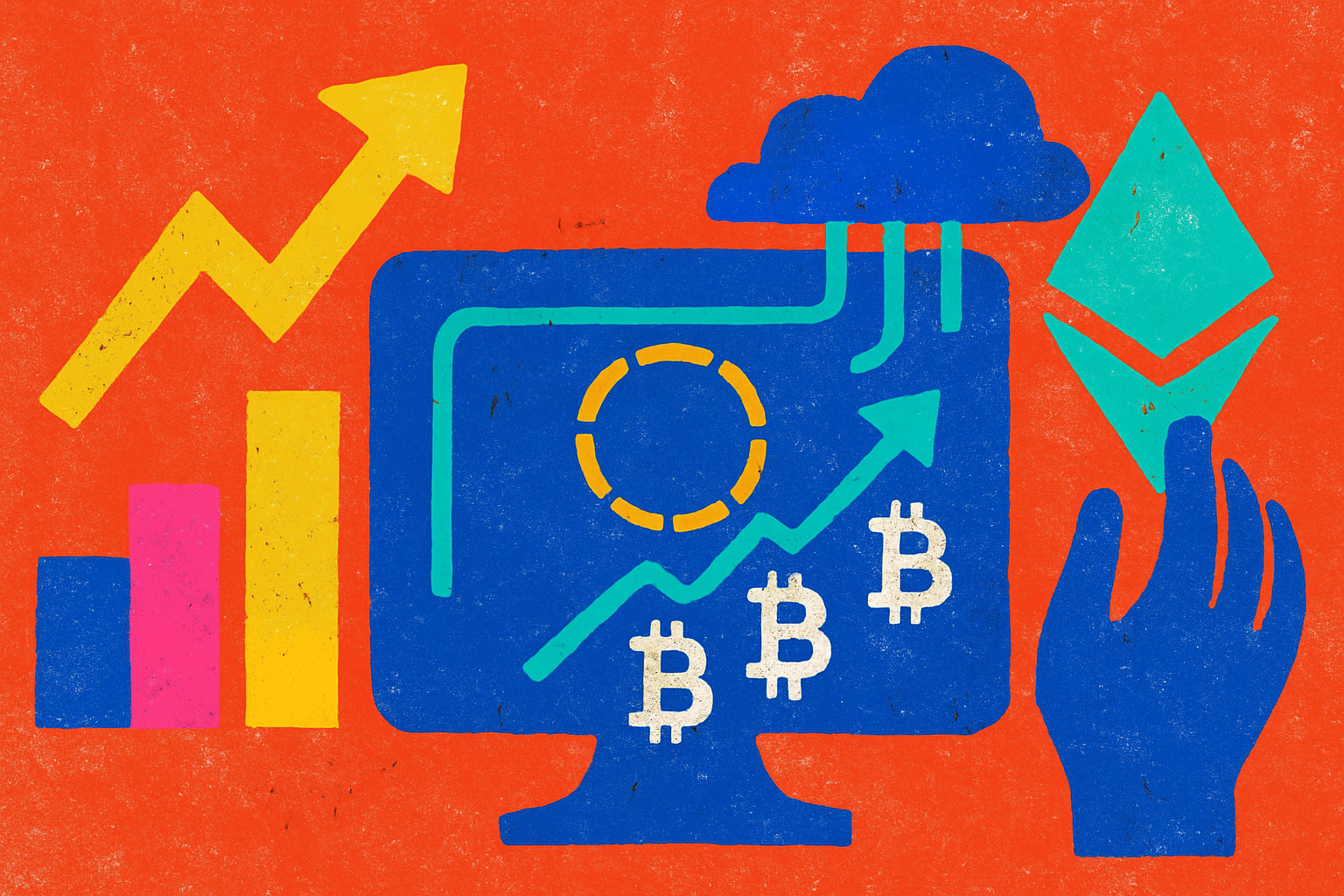
Perpetual decentralized exchanges, or perp DEXs, are rapidly gaining traction in the world of crypto derivatives. For beginners, understanding what a perp DEX is and how it stands apart from centralized exchange (CEX) futures is essential for navigating today’s trading landscape with confidence and clarity. Let’s break down the core concepts, benefits, and trade-offs between these two leading ways to access perpetual futures markets.

What Is a Perp DEX? Perpetual Futures Explained
A perp DEX is a decentralized platform that enables users to trade perpetual futures contracts. Unlike traditional futures, perpetual contracts have no expiration date, allowing traders to hold positions for as long as they wish. The magic happens via smart contracts on public blockchains. This means trades are executed directly between users, without intermediaries or centralized custody of funds.
Perp DEXs typically support crypto assets (like BTC or ETH), but some now offer synthetic stocks and indices as well. The experience often resembles CEX platforms in terms of interface and features but with radically different underlying infrastructure.
Perp DEXs vs CEX Futures: Key Differences for Beginners
-

Custody of Funds: Perp DEXs let you trade directly from your own crypto wallet, so you always control your assets. CEXs require you to deposit funds into their custody, introducing counterparty risk if the platform is compromised.
-

Transparency & Security: Perp DEXs operate on public blockchains, making all trades transparent and verifiable. CEXs process trades off-chain, which can obscure activity and increase vulnerability to manipulation.
-

Regulatory Compliance & Privacy: Perp DEXs typically do not require KYC, offering greater privacy and accessibility. CEXs often mandate identity verification to comply with regulations, which can be time-consuming and invasive.
-

Liquidity & Trading Experience: CEXs usually offer higher liquidity and faster trade execution due to centralized order books. Perp DEXs may have lower liquidity and higher slippage, though this is improving with new protocols.
-

Fees & Costs: Perp DEXs may charge network gas fees for each transaction, though some now offer gasless trading. CEXs charge trading and withdrawal fees, but do not have blockchain network fees.
Key Differences: Perpetual DEX vs CEX Futures
Custody of Funds: On perp DEXs, you retain full control over your assets by connecting your personal wallet, no need to deposit funds into an exchange account. In contrast, CEXs require you to hand over custody, exposing you to counterparty risk if the platform faces hacks or insolvency (source).
Transparency and Security: Every transaction on a perp DEX is recorded on-chain, making activity transparent and auditable by anyone. This open structure reduces the risk of hidden manipulation or opaque operations, a persistent concern with off-chain CEX trading (source).
KYC and Privacy: Most perp DEXs operate without mandatory Know Your Customer (KYC) checks, offering greater privacy and global accessibility. By contrast, CEXs usually enforce KYC for regulatory compliance, which can slow onboarding and raise privacy concerns.
The Evolving Market: Why Are Traders Choosing Decentralized Perpetuals?
The past year has seen a notable shift in trader preferences. According to recent data from Cointelegraph, spot trading volumes on DEXs jumped by at least 25% in Q2 2025 while CEX volumes fell nearly 28%. This migration reflects growing demand for self-custody, transparency, and permissionless access, values that define perp DEXs (source). Still, there are important nuances around liquidity, fees, and user experience that every trader should weigh before diving in.
Pros and Cons: Perp DEXs vs. CEX Futures
-

User Control of Funds: Perp DEXs allow traders to maintain custody of their crypto assets by trading directly from personal wallets, reducing counterparty risk. In contrast, CEXs require users to deposit funds, exposing them to potential exchange security breaches.
-

Transparency and Security: All trades on Perp DEXs are recorded on-chain, ensuring transparency and verifiability. CEXs operate off-chain, which can obscure transactions and increase the risk of manipulation or undisclosed issues.
-

Privacy and Accessibility: Perp DEXs typically do not require Know Your Customer (KYC) verification, offering greater privacy and easier global access. CEXs often mandate KYC for regulatory compliance, which can be time-consuming and restrict access.
-

Liquidity and Trading Experience: CEXs generally provide higher liquidity, faster execution, and lower slippage due to centralized order books. Perp DEXs may face lower liquidity and higher slippage, though this is improving as DEX volumes rise (up 25% in Q2 2025).
-

Fees and Costs: Perp DEXs may incur blockchain network gas fees, though some now offer gasless trading. CEXs charge trading and withdrawal fees but do not have network gas costs.
-

Regulatory Environment: CEXs operate under regulatory oversight, which can offer legal protections but also imposes restrictions. Perp DEXs are less regulated, providing more freedom but less recourse in disputes.




